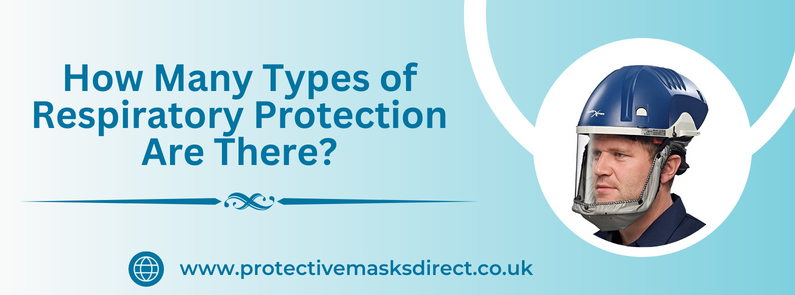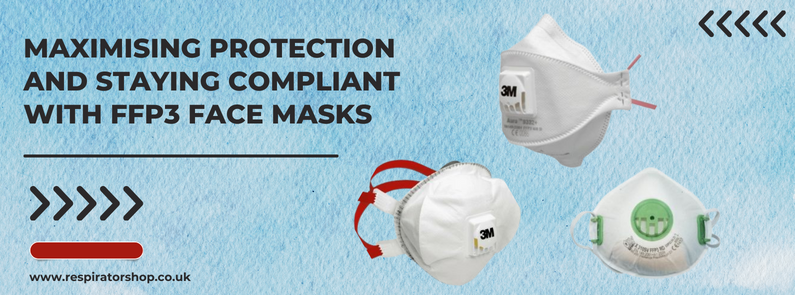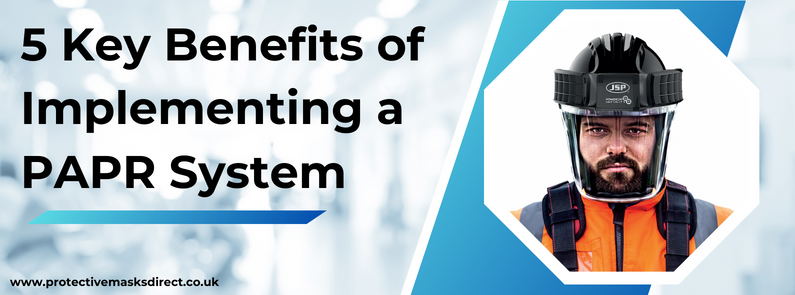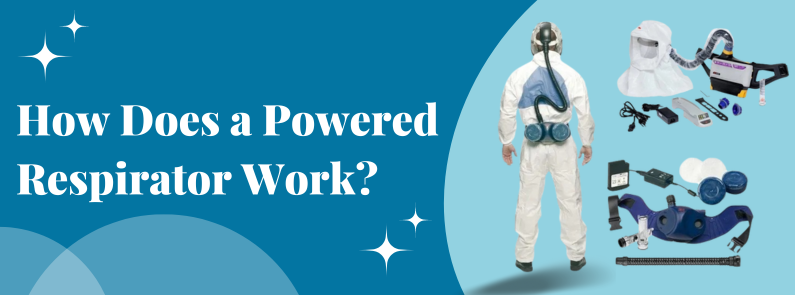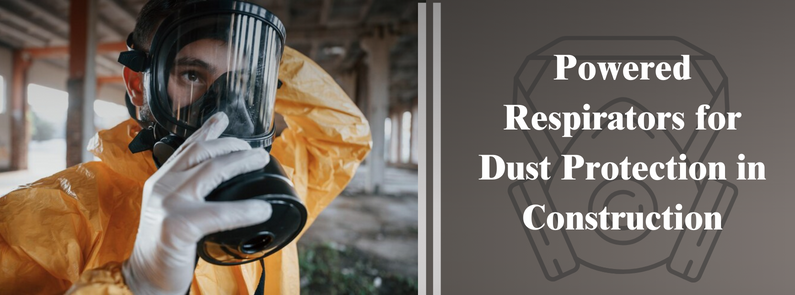
A productive workplace is built upon the foundation of a safe workplace. This is the reason why workplace legislation holds so much importance. Every company should be aware of the legislation that applies to their business.
It is not enough to just know about workplace legislation. Proper implementation of this legislation is required. Failing to do so can increase the chances of mishaps at the workplace.
One of the most important steps towards ensuring effective measures of safety is to evaluate the risk and take measures to regulate it. If the risk can’t be avoided then proper measures of safety must be taken before allowing workers to enter such places.
What does PPE stand for?
Personal Protective Equipment that is commonly known as PPE is the protective equipment worn by the workers that provide protection to them. PPE is basically the last line of defence as it’s the last barrier between the employees and the hazard present at the workplace.
Health and Safety Regulations 1999
- Do the proper risk assessments present in your workplace that can affect the health and safety of your workers. Identifying these risks are an important step taken in the direction of reducing risks.
- Trained people should be assigned the responsibility of health and safety in the workplace, proper information about the risk and people must be trained on how to safeguard themselves. Create a health and safety policy and implement it.
Workplace Regulations 1992
- The workplace must have facilities like proper ventilation, light, heating, and workspace.
- Provide necessary facilities like toilets.
- Safe passageways
Health and Safety Regulations 1992 (Display Screen Use)
- You should necessarily carry out a risk assessment at your workplace.
- A 5 to 10 minutes break for every hour of screen time is a healthy way to work for display screen users.
- Health and safety information related to eyes must be made available to the employees.
- Adequate procedures to reduce the risk of repetitive strain injury.
Manual Handling Operations Regulations 1992
- Manual handling activities that impose a risk to the employees should be avoided.
- Conduct risk assessment. How much risk is imposed by manual handling?
- Employees and workers involved in such work must be provided with the whole information on the weight of loads and how much will be safe to carry.
- Individual personal characteristics of the employees should also be taken into account like their strength and make them aware of how to lift the load safely.
Personal Protective Equipment at Work Regulations 1992
- Employers should provide all the necessary personal protective equipment without cost to the employee.
- A complete assessment of risk should be done to ensure what PPE will provide the required safety. For example - there are different varieties of dust masks available that work better in different kinds of environment. An FFP3 mask will provide better protection against the aerosols present in the environment. A fitting test should be done to make sure that these masks fit properly on the face of the wearer.
- Similarly, in any asbestos-laden environment, asbestos masks are advised to use. These are effective in protecting from the hazard as they provide the required level of filter. Asbestos bags are other important equipment to be used for safe disposal of the asbestos waste.
- Workers should be provided with all the necessary information related to the use of PPE Kit. All information related to PPE usage, handling, fitting, and when the PPE should be replaced, instructions on when to use PPE and the workers must be trained on how to wear PPE.
Reporting of Injuries, Diseases, Dangerous Occurrences Regulations 1995
According to this regulation, the employers must report all the occurrences of work-related diseases, incidents, and injuries to the health and safety executive or these incidents should be reported to the environmental health department of your locality.
Under this regulation, all the details of the incident must be recorded with date and time, the details of the people involved in it and got affected by it. In accident book keep the record of every detail and you must report all the mishaps that are mentioned below-
- Death of any person, either they were the workers or the visitors.
- Injuries of any kind like fractures, eye injuries, electric shock injuries, anything that requires immediate medical attention.
- If the injury requires relieving an employee from work for more than 7 days.
- Occupational diseases like tendon injuries, asthma, forearm cramps, skin disease.
- Dangerous occurrences that didn’t result in an accident but require urgent preventive measures to safeguard workers from any future mishaps.
Provision and use of Work Equipment Regulations 1998
These regulations are related to the safety of the workers around the work equipment and contain the guidelines such as-
- Safe work equipment should be provided to the workers.
- The work equipment should be properly maintained.
- Instructions, training on the safe use of the work equipment.
- Provide information about the dangerous part of the machinery and ensure your employee’s safety around these.
These regulations are meant to ensure the safety and health of the employees are given a priority and not to be taken lightly. For a safer work environment, these regulations should be followed.
These safety commandments are necessary and in the case of any breach in these regulations that lead to an accident will lead to serious implications for your business.

